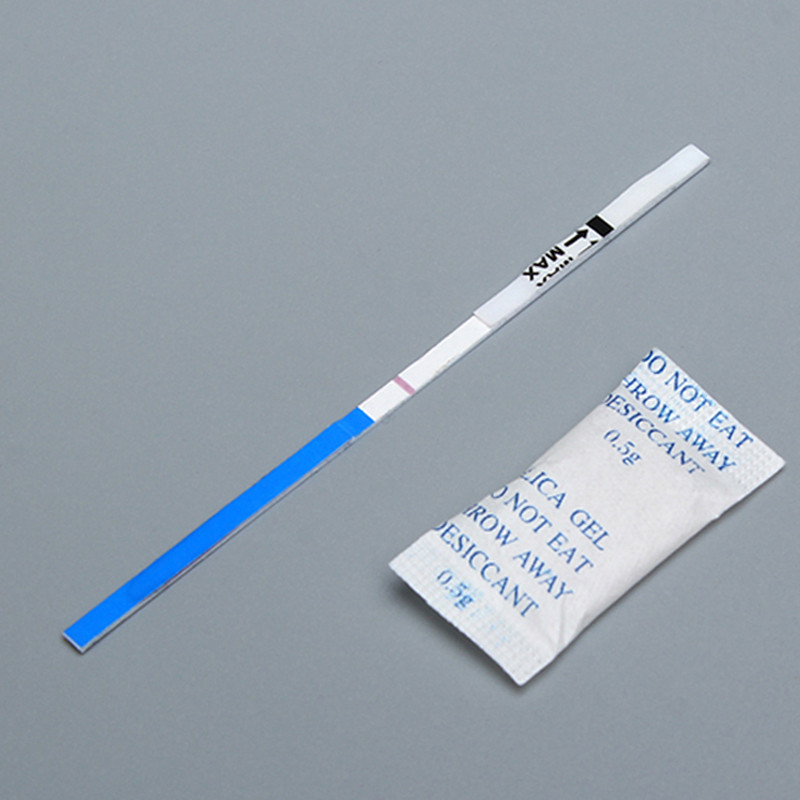Apr . 17, 2024 12:10 Back to list
How pregnancy tests work
Home pregnancy tests
You can buy home pregnancy tests over the counter in your pharmacy. They are also sold in many shops and supermarkets.
Read the instructions on the pregnancy testing kit before using it. The instructions will tell you what the different colours or symbols mean.
How pregnancy tests work
Pregnancy tests detect the levels of a hormone called hCG in your urine (pee). This hormone is produced during pregnancy. It is present in your bloodstream and your urine.
In early pregnancy, the amount of the hormone in your system increases. The later you leave it to take a pregnancy test, the higher the hCG levels will be.
The earlier you take the test, the more likely you are to get a 'false negative' result. This is where the test shows up as negative even though you are pregnant.
Sometimes you can get a 'false positive' from your test. This is when you leave it too long and an 'evaporation' line appears. Sometimes this is mistakenly read as being pregnant.
Pregnancy tests your GP may do
Your GP will probably do a urine pregnancy test to check if you are pregnant.
It may help to bring a sample of urine with you if you think you may be pregnant. This means you will not have to pee under pressure there.
The pregnancy testing kit your doctor uses will look like the kit you buy over the counter.
Your GP may do a blood test to check the level of hCG in your blood.
They may do this if you:
- had vaginal bleeding
- have severe tummy pains
- have severe morning sickness
Accuracy of pregnancy tests
A positive pregnancy test is almost always correct. Some negative tests may not be correct. A 'false negative' means your test is showing negative, but you are pregnant.
This may happen because:
- you did the test too early
- you did not wait long enough before checking the result (always follow the instructions - results often take 3 minutes to appear)
- your urine is very diluted because you drank a lot of water
- there is a fault with the test
If the result of the test is negative, and you still think you might be pregnant, repeat the test a few days later. If you are still unsure after a few negative tests, contact your GP.
If the result is positive
If your test is positive, you should visit your GP to confirm the pregnancy and sign up for antenatal care.
If you are not sure you want to be pregnant, it may help to discuss your options with your GP.
Sometimes counselling can help you work through your feelings about being pregnant. It may help you decide what's right for you.


